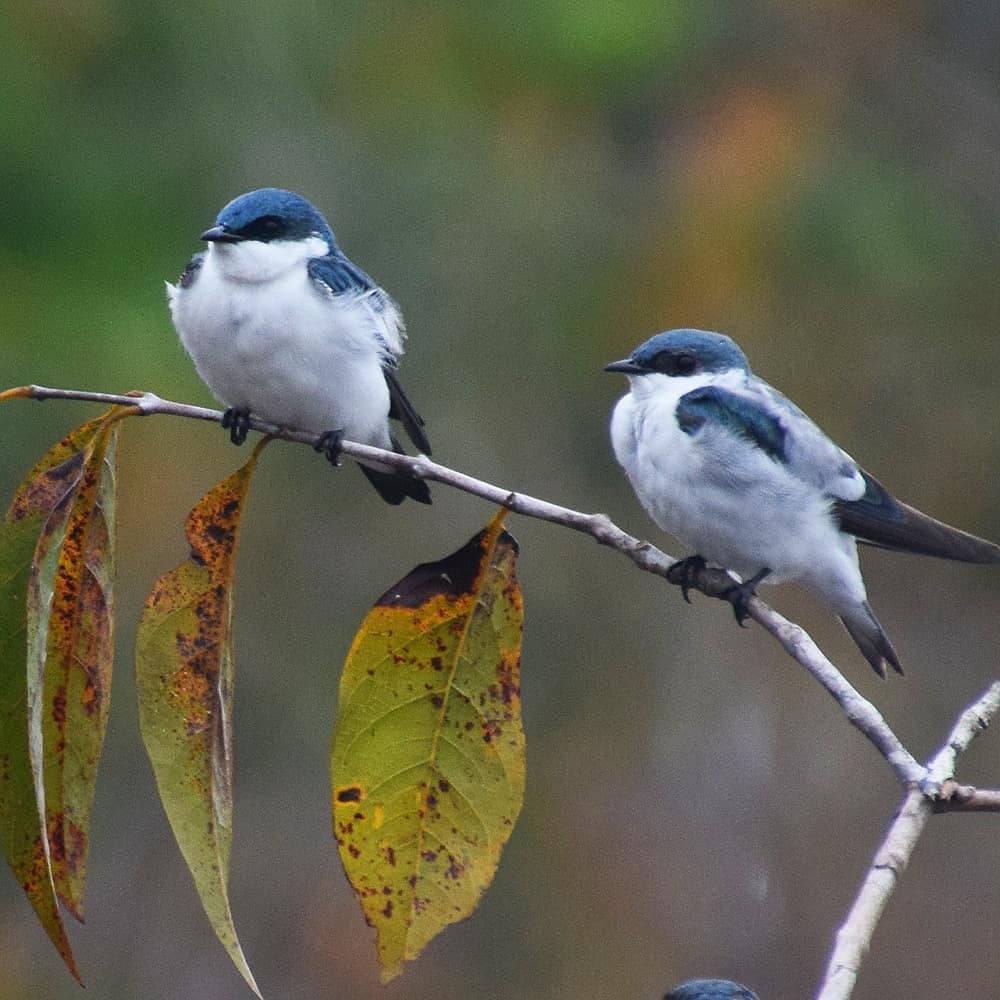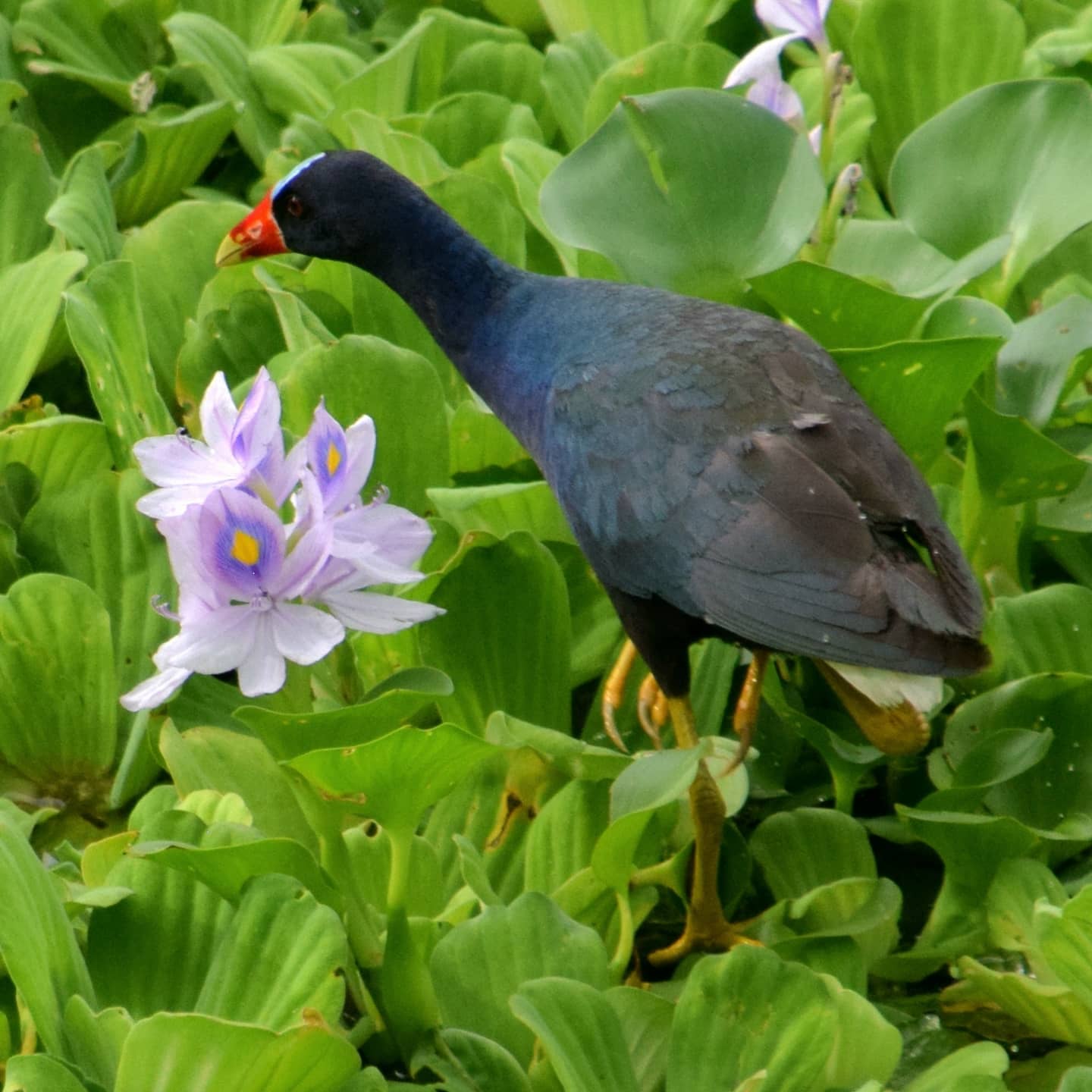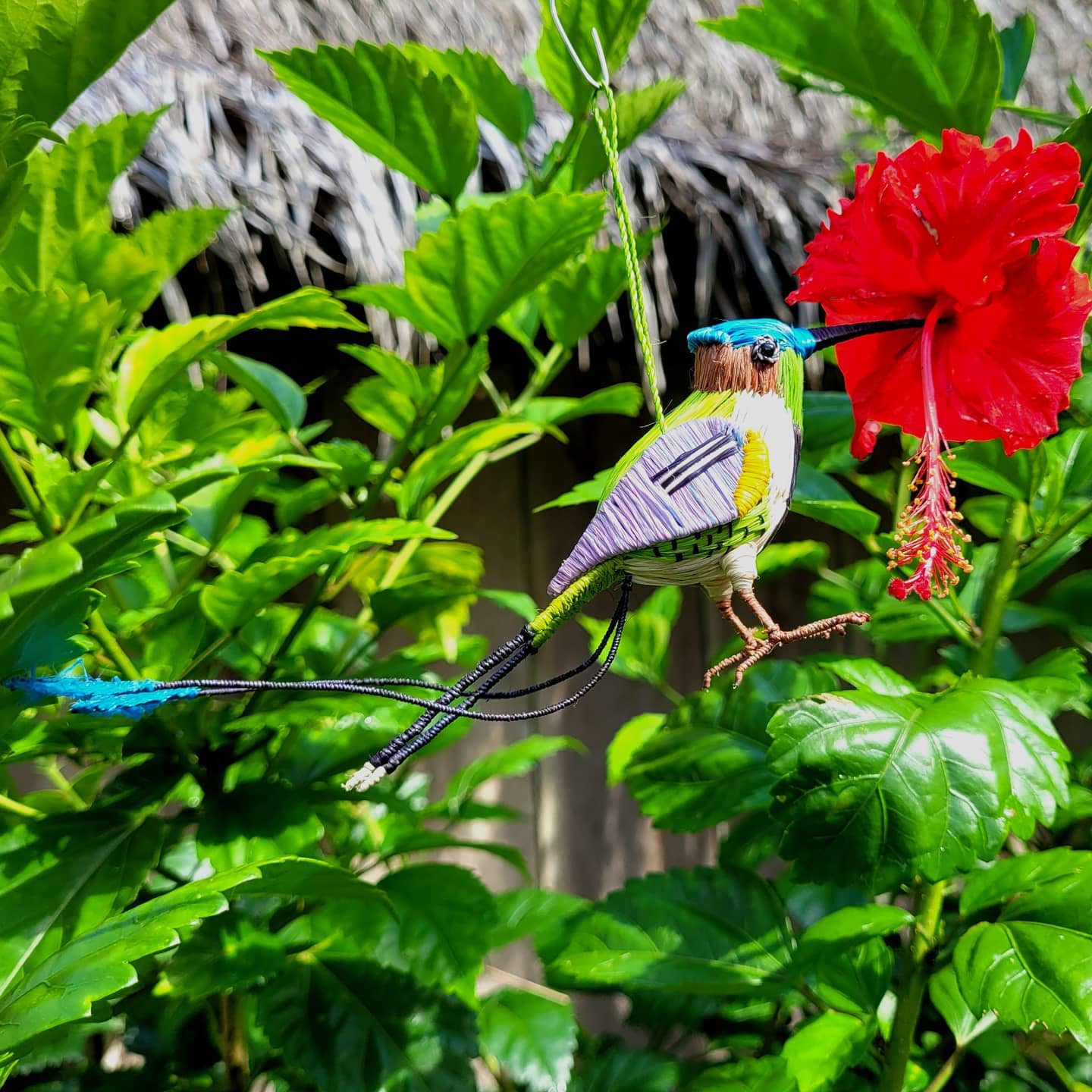Story and photos by Campbell Plowden, Executive Director, Amazon Ecology
I have visited native communitie along the Ampiyacu River since 2008, but I had never been able to attend a traditional festival. I finally got a chance near the end of this trip. One evening I boarded a “pongero” (narrow speed boat) from Iquitos bound for the Brazilian border. After six hours of watching Netflix on my IPad and sleeping a bit in spite of the roaring boat engine, we pulled into Pebas around 1:00 am. I took a quick shower in my hotel with the aid of a headlamp and crashed.
In the morning, I was happy to greet Brito from Brillo Nuevo. We did a bit of shopping, got some fuel at the floating gas station and headed up river in his motor canoe.
It was a great trip watching the forest go by, spotting huito fruits (used as a dye), shapaha pods (used to adorn large crafts), colorful pink orchids, and many birds. Brito was happy to guide me slowly toward some and curiously seemed to disdain others like the greater ani.
My ecologist brain kicked into gear wondering why I saw white-winged swallows perched on little branches along the Ampiyacu River and then saw only white-banded swallows doing the same thing once we turned up the Yaguasyacu River. One thought was that the insects found in the brown water of the Ampiyacu might be different from those found in the black water of its tributary and that these similar birds, nonetheless, had distinct preferences or skills catching these different insects.

At an earlier stage of my life, I might have considered designing a study to test this hypothesis, but I was now focused on helping artisans make ornaments of birds - not mustering the resources to study them.
Other striking bird we saw perched on branches overlooking the river was the black caracara - the golden masked raptor.

When the light sprinkle (which Brito called the “woman’s irritation”) changed to a real rain, I put my good Nikon camera and long lens away. When the rain passed, I took it out again and was dismayed to find the screen didn’t work. The message “Error” just flashed in the viewfinder. I would have to rely on my cell phone camera to record the festival.




